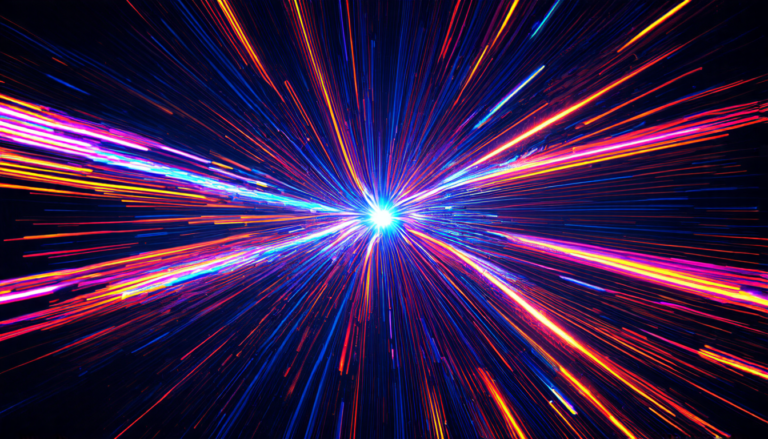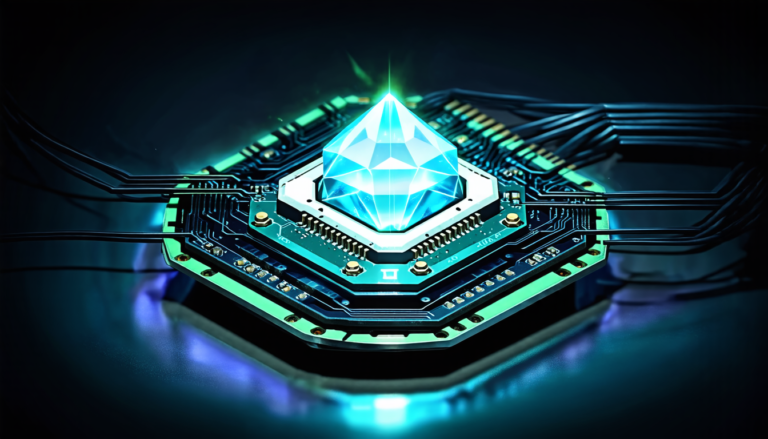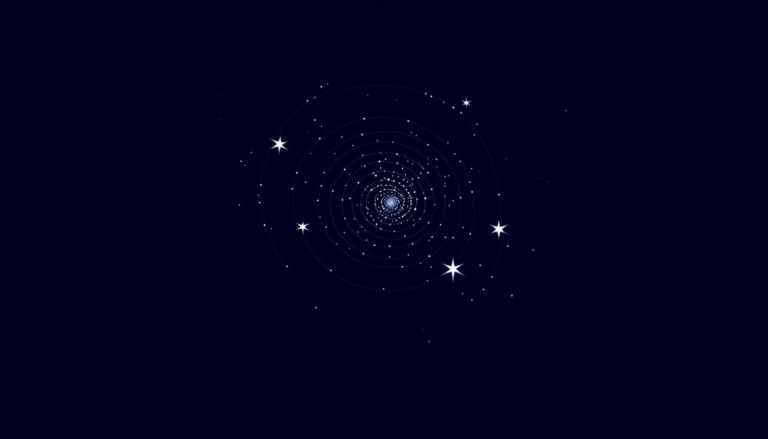Saturday 07 June 2025
Physicists have made a major breakthrough in our understanding of neutron stars, those dense and mysterious celestial objects that are formed when massive stars collapse under their own gravity.
For decades, scientists have been trying to understand the properties of these stars, which are so dense that a sugar-cube-sized amount of their material would weigh about as much as Mount Everest. But despite their importance in our understanding of the universe, neutron stars remain one of the most poorly understood objects in astronomy.
One of the biggest challenges is figuring out how they deform when they’re placed under stress – such as when two neutron stars collide. This deformation can be so extreme that it creates powerful gravitational waves that ripple through space-time, providing scientists with a unique probe into these cosmic wonders.
Now, researchers have made a major breakthrough in understanding this process of deformation. By using advanced mathematical techniques and sophisticated computer simulations, they’ve been able to model the behavior of neutron stars under stress – and what they’ve found is nothing short of astonishing.
It turns out that neutron stars are more flexible than scientists previously thought, with their density actually decreasing as they’re squeezed and stretched. This means that when two neutron stars collide, they don’t simply crunch together like rigid objects – instead, they flow and deform in a way that’s similar to the behavior of molten metal.
This new understanding has significant implications for our understanding of gravitational waves and the physics of these cosmic collisions. It also opens up new avenues for scientists to study the properties of neutron stars, which are crucial for understanding some of the most fundamental questions about the universe – such as what happens in the final moments of a star’s life, or how black holes form.
The research has been published in a series of papers by an international team of scientists, who used advanced computer simulations to model the behavior of neutron stars under stress. By combining these simulations with observations of gravitational waves and other data, they’ve been able to build a detailed picture of these cosmic objects and their behavior.
The discovery is expected to have far-reaching implications for our understanding of the universe, from the way that black holes form and evolve to the nature of gravity itself. And as scientists continue to study neutron stars in greater detail, we can expect even more surprises and insights into the workings of the cosmos.
Cite this article: “Neutron Stars Revealed: A Breakthrough in Understanding Their Elusive Properties”, The Science Archive, 2025.
Neutron Stars, Gravitational Waves, Cosmic Collisions, Astronomy, Physics, Density, Flexibility, Computer Simulations, Black Holes, Universe







